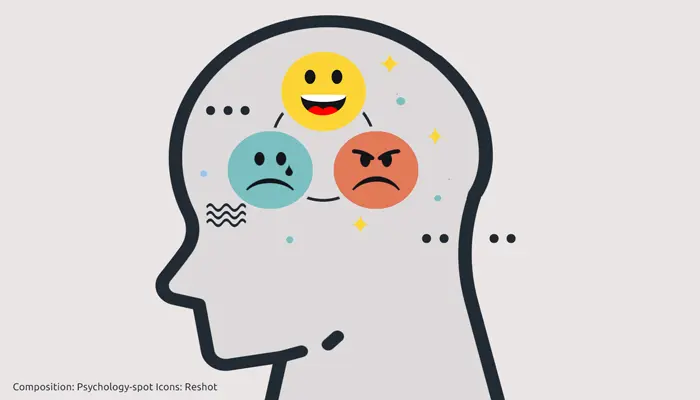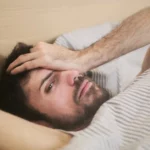
We live in societies that spin too fast, so sometimes our own speed confuses us. Running from one place to another, from one commitment to another, we barely have time to be with ourselves. As a result, it is not surprising that emotions end up building up until they finally explode.
When we disconnect from ourselves and we are not assertively expressing what worries us or anguish, we can suffer an authentic emotional exhaustion that ends up affecting our health and putting our psychological balance in check. Therefore, from time to time we need to look within and perform emotional decompression practices that allow us to release tension and lighten the weight that we carry.
How to apply the defusing technique to release our emotions?
The main objective of the defusing technique is to get rid of the unpleasant emotions that hinder your psychological balance, generating instead a state of inner calm and serenity that helps you better cope with everyday challenges.
To apply this technique, you must first make a free association. Close your eyes and focus on the issue that worries you, what hurts you, or what you want to get rid of. Let your mind free, allow it to flow uncontrollably, accepting whatever arises, any emotion, thought or memory. The idea is that you make free associations, preferably looking for analogies and images. It will help you to think about those emotions using the expression “it is as if …”.
After a few minutes, when you think you have enough material to go on, open your eyes.
In the second phase you will have to analyze and explain the mismatches using the evoked material. The goal at this point is to understand why you think and feel that way. Why did these images come to mind? These answers will help you find possible causes and explanations for your discomfort and reconstruct an image as complete as possible of the problem. It will help you to think of yourself as a psychologist, what would you say to yourself?
In the third phase you must make an extreme compression of the cognitive-emotional load. That is, collect all the ideas, images, patterns and negative emotions that you want to modify, as if they were a package, while taking a deep breath, clenching your fists and visually ascending to the top of a lofty mountain. Just make sure to keep all that ideo-emotional charge active, while you hold the breath and contract your belly, with your chest raised.
Next, the objective is to extinguish, eliminate or explode all that set of memories, ideas, images, molds and negative emotions that you previously generated and that you want to change. So imagine that the package you carry with you explodes, like a bomb or a volcano.
In the fourth phase, just try to relax. Visualize yourself descending the mountain calmly until you reach a relaxing place. It can be a beach, in which case it recreates the gentle movement of the waves, the smell of the saltpeter of the sea, the caress of the sun on the skin and the radiant blue light of the sky that surrounds you. Another alternative is a refreshing river or a relaxing green meadow. The important thing is that you feel how you merge with nature while you relax.
It is worth clarifying that, if you have dragged certain negative emotions for a long time, such as hatred and resentment, you will probably have to repeat this emotional decompression technique several times, until you get rid of those affective states and you can really fill yourself with tranquility, strength and/or security. If you have never practiced visualization, it is also likely that you have a harder time imagining the different scenarios. You just have to gain practice with a little patience.
Source:
Hernández, P. (2002) Los Moldes de la Mente: Más allá de la inteligencia emocional. La Laguna: Tafor Publicaciones.



